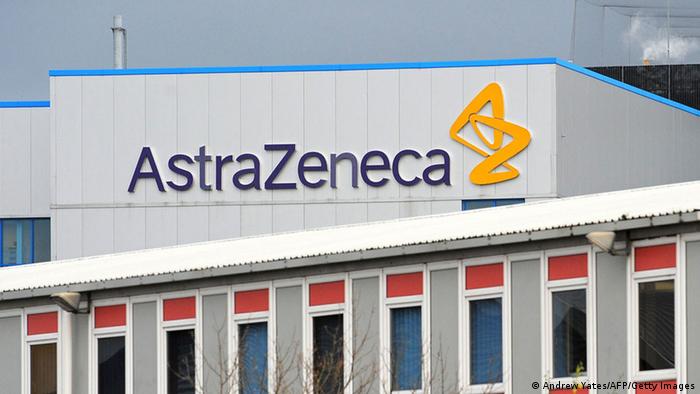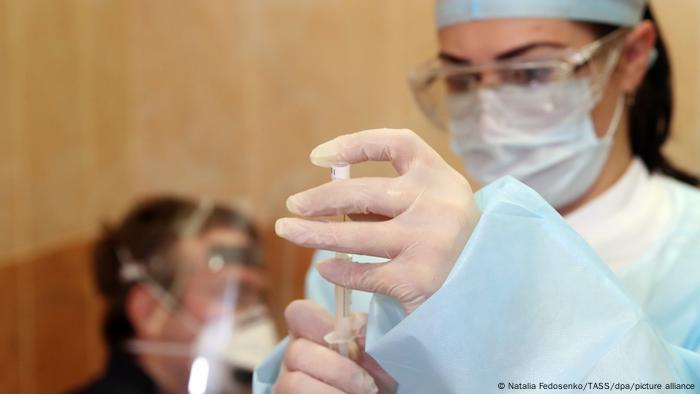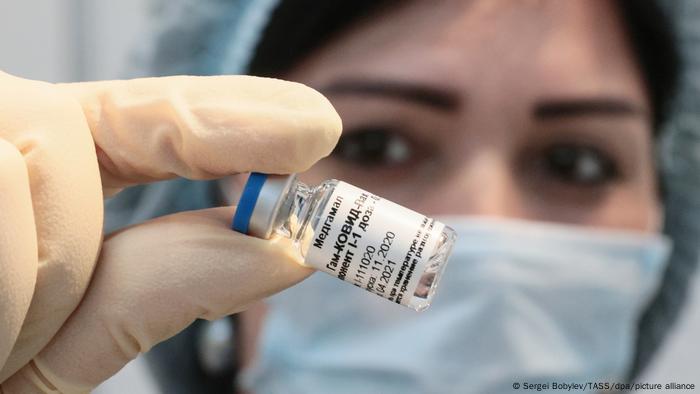
On Monday, the state's Ballot Measure 110 went into effect, which proponents believe will help people who are experiencing difficulties with addiction.
People carrying small amounts of drugs — like heroin, LSD, methamphetamine and oxycodone — will now only face a $100 fine or, following a health assessment, addiction counseling, according to the Associated Press. If a health assessment is accepted, the fine will be dropped, USA Today reported.
This is a dramatic shift from being charged with a felony and given a potential prison sentence, as was the policy in the past. Under the new initiative, possessing larger amounts of illegal drugs could result in a misdemeanor charge, according to CNN.
"For me, I was part of that cycle of incarceration; jail, jail, jail and then prison," Janie Gullickson, the executive director of the Mental Health & Addiction Association of Oregon, told NBC affiliate KGW8.
RELATED: House Passes Bill to Federally Decriminalize Marijuana in Historic Vote
"It wasn't jail or prison that changed my life or got me into recovery," she continued. "It was the treatment that was provided for me, which wasn't offered to me until I was in prison. If that was out in the community and that was the standard response, I think we would see a lot more people accessing that treatment, not having to go the criminal justice pathway."
"Today, the first domino of our cruel and inhumane war on drugs has fallen, setting off what we expect to be a cascade of other efforts centering health overcriminalization," said Kassandra Frederique, executive director of the Drug Policy Alliance, the AP reported.
RELATED: Cory Booker Jokes Rosario Dawson Was 'More Excited' to Vote for Marijuana Than Senate Reelection
There have been those who have criticized the measure, suggesting Ballot Measure 110 could lead to hard drug use being accepted, the outlet said.
While Oregon is the only state to make such a change to its drug policy as of now, the United States has been making progress when it comes to decriminalizing drugs.
In December, U.S. House of Representatives members voted to pass a measure that would decriminalize marijuana use at the federal level. The vote marked the first time in the country's history that a chamber of Congress has voted on standalone marijuana decriminalization.
The bill passed down party lines, 228-164. Six Democrats opposed the measure, with only five Republicans voting in favor.


%20the%20Artist%20(picture%20credit%20-%20Emily%20Jarrett%20for%20the%20Ashmolean).jpg?f=16x9&w=500&$p$f$w=5bc3d04)







